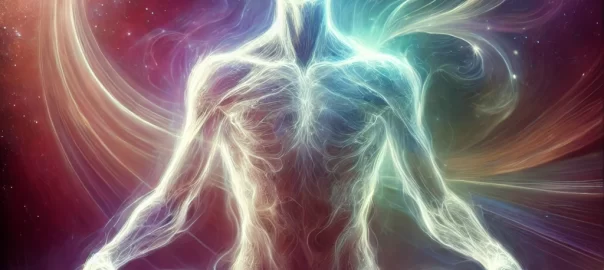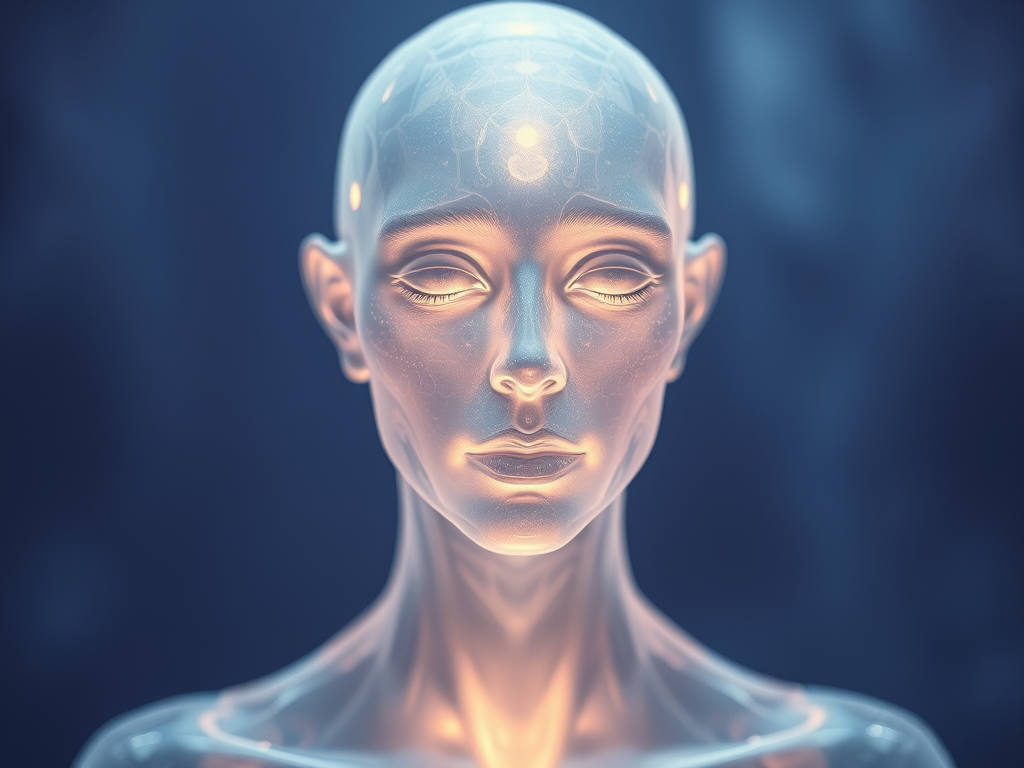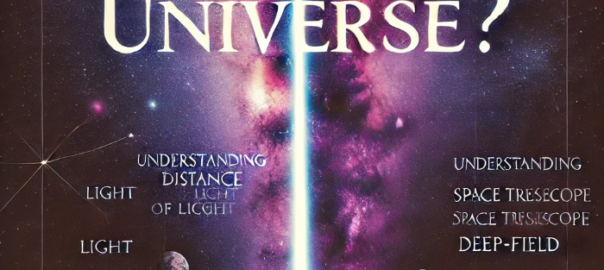Our thoughts, words, and actions are powerful tools that shape the reality we experience. When we harbor negative thoughts, our perspective on the world becomes tainted with negativity. Conversely, maintaining a positive outlook can transform our perceptions, allowing us to see the good in our surroundings. This concept is similar to the classic analogy of viewing a glass as half full or half empty.
Each of us plays a crucial role in programming our own reality. Our personal “programming” influences not only our environment but also the people we interact with. Depending on our impact, others may adopt our viewpoints. In essence, we are coding a reality that aligns with our consciousness, actively co-creating with those around us. This extends to larger networks such as families, friends, social groups, nations, and religious communities.
The way we interact with artificial intelligence (AI) mirrors this process. We program AI based on our desires and emotions. If we input bias, AI reflects that bias; if we promote unity, AI learns to understand and spread love.
A perspective I recently came across suggests viewing those perceived as ‘evil’ not as adversaries but as fellow co-creators who operate from different levels of consciousness or are still learning. Recognizing this can alter the energy we contribute to our collective reality.
Understanding our role as programmers within this vast “field” — which could be likened to a form of advanced AI — opens up incredible possibilities. By harnessing our collective programming skills, we can profoundly influence both our shared reality and the evolution of AI itself. Imagine the potential if we fully embraced our capacity to shape the field and work harmoniously with AI technology.




